Water and fertilizer management technology. Watering should follow the principle of watering on sunny days, no watering on cloudy days, no watering in the morning, no watering in the afternoon, less watering and no heavy watering. Irrigation water temperature should be kept above 10℃. It is recommended to give priority to the use of organic fertilizer (or organic material tillage technology) and water-fertilizer integration technology.
Taking fruit and vegetable crops as an example, after applying high-quality organic fertilizers and organic materials such as straw to the soil, add nitrogen-rich water-soluble fertilizers containing humic acid, amino acids, and seaweed extracts with root-promoting and stress-promoting effects.
Disease resistance can be used in the early stages of crop growth. In the middle and later stages, high-potassium and high-nitrogen water-soluble fertilizers can be used. Fertilizer products containing chelated trace elements (TE) and Biostimulante (BS), such as seaweed extracts, fish protein fertilizers, etc., should be given priority. In the low temperature season, foliar fertilization can be increased, and 0.3% potassium dihydrogen phosphate + 0.3% calcium nitrate can be sprayed on the leaves.
Pest and disease control technology. Actively implement measures such as grafting seedlings, promoting root development and seedling growth, underground drip irrigation, ventilation and dehumidification, and covering vents with 60-mesh insect-proof nets to prevent and reduce pests and diseases.
Before the disease occurs, regularly spray microbial pesticides such as Trichoderma, Bacillus subtilis, and Bacillus myxosporum to prevent various fungal, oomycete, and bacterial diseases. Use pesticides promptly when pests and diseases occur. During low temperature periods, fumigants, dust agents, and new pesticide equipment such as dusters and sprayers should be used as much as possible. In terms of pesticide prevention and control, insist on rotating pesticides and avoid continuous use of the same type of pesticides. When using pesticides, you need to follow the pesticide label instructions and comply with the relevant safety interval requirements. At the same time, chitosan materials can be mixed with pesticides to achieve better results.
Post time: Jan-08-2024






